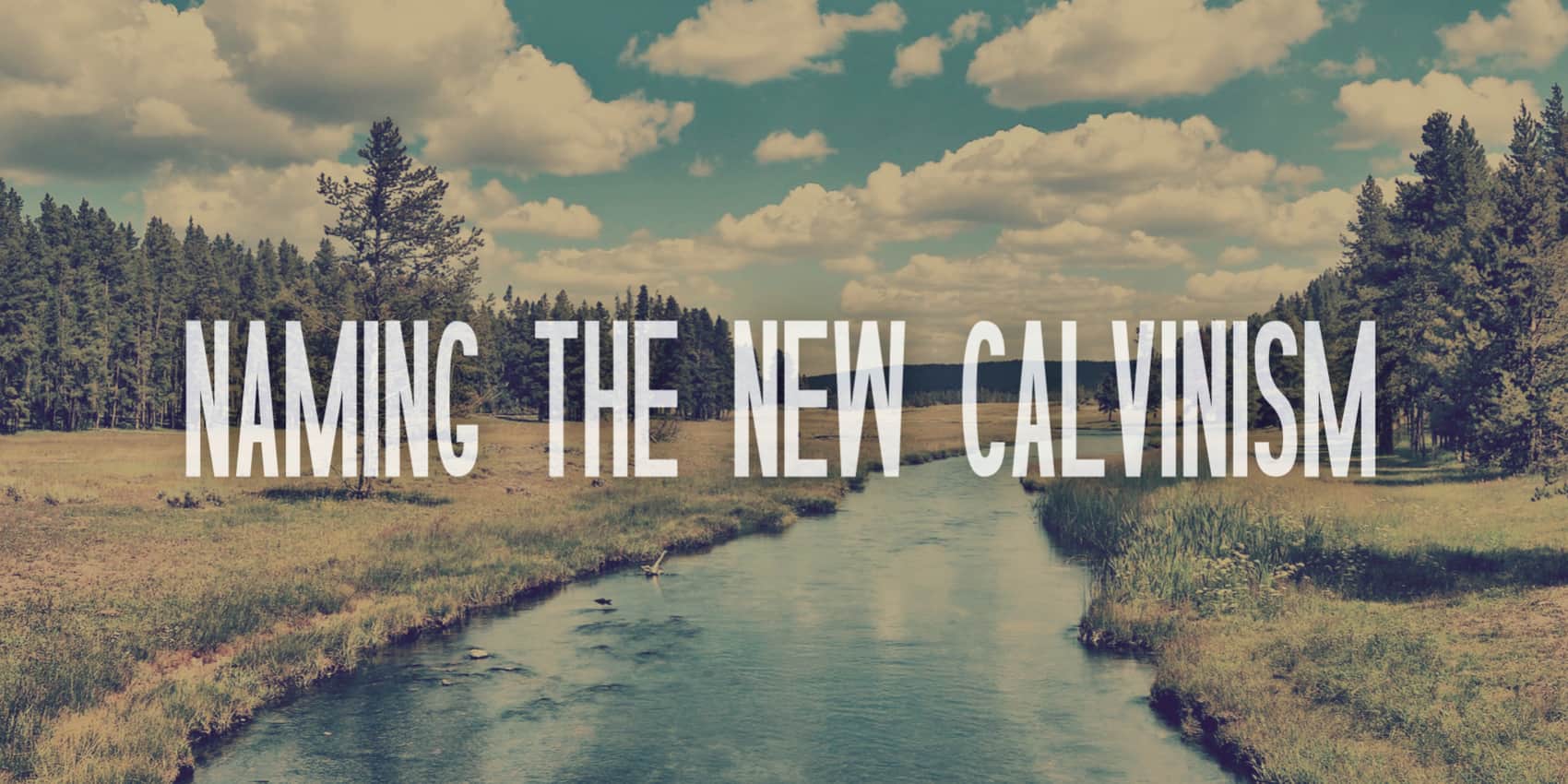
For part one of this series on naming the “New Calvinism,” click here.
A Trinity of “Neo’s”: Neo-Calvinist, Neo-Puritan, Neo-Reformed
The relatively recent introduction of “neo-Calvinist” to describe the latest resurgence of interest in Reformation theology has muddied the semantic waters even more—but not because “neo-Calvinist” or “new Calvinist” carries too many different meanings (not yet, anyway). It’s because, at least since the early twentieth century, “neo-Calvinist” has described the views of Dutch Reformed theologians who emphasized the lordship of Christ over all creation and the capacity of grace to restore nature. It was neo-Calvinist Abraham Kuyper who famously declared, “There is not one square inch in the whole domain of human existence over which Christ, who is sovereign over all, does not declare, ‘Mine!'”
To identify the current Reformation-oriented crowd as “neo-Calvinist” is to confuse a venerable movement that focuses on God’s sovereignty over creation with a current movement that focuses on God’s sovereignty in salvation. The result is a blurred definition that does disservice to persons in each group, especially since some of us do theology in ways that derive in different ways from both movements.
“Neo-Puritan,” perhaps the most misguided of all the recent monikers, would multiply the muddiness even more. Reformed theology was never the primary factor in setting the limits of Puritanism. “Puritan” has historically included not only Christians who profess Reformed soteriology but also at least a few Arminians and—depending on who you ask—perhaps even Quakers. No perspicuity is produced by affixing “neo-” to such a variegated phenomenon and then attempting to apply the new term to a recent movement that doesn’t clearly derive from the original phenomenon. “Neo-Puritan” fails as a useful terminology both semantically and historically.
In the end, some variation of “Reformed” seems likely to remain the least caconymous descriptor. A good case could be made for delimiting the term “Reformed” to Presbyterian and Reformed denominations that derive directly from the sixteenth- and seventeenth-century Reformed churches. At the same time, the word “Reformed” began to be affixed to movements beyond these churches throughout the latter half of the twentieth century, if not earlier. Scot McKnight has referred to the recent resurgence in Reformed soteriology as “neo-Reformed.” Personally, I would prefer simply to have “Reformed” affixed to a larger tradition—Baptist, in my case—and I respectfully disagree with McKnight’s caricature of the movement he labels “neo-Reformed.” (I don’t know a single leader among the so-called “neo-Reformed” who is, in McKnight’s words, working to “kick the non-Reformed off the village green” merely because they’re non-Reformed. There may be a few Arminians and Anabaptists lying with boot-bruised backsides along the perimeter of a proverbial evangelical green and some of these attempted ejections may have been unjust—but it wasn’t their non-Reformed theology that landed them there.) At the same time, it does seem that, if some term more specific than “Reformed” must be applied, McKnight might be on a workable track. A handful of twentieth-century theologians did employ “neo-Reformed” to denote Karl Barth’s theological method, but that nomenclature was short-lived and probably ill-directed in the first place.
To read the rest of this article, click here.
